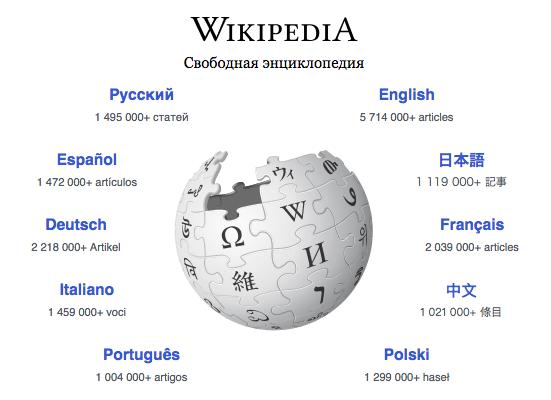e-Learning Ecologies MOOC’s Updates
Let`s set our students free. Power of crowdsourcing
What is crowdsourcing?
It was coined in May 2006 when Jeff Howe wrote an article for “WIRED” magazine called “The Rise of Crowdsourcing” (https://www.wired.com/2006/06/crowds/).
But what is meant by crowdsourcing (https://www.investopedia.com/terms/c/crowdsourcing.asp)? Basically, it is the act of taking a job traditionally performed by a designated employee and outsourcing it to an undefined, generally large group of people in the form of an open call.
I know this may sound confusing, but in fact, it is not. Do you know why? Because we all are already familiar with the earliest example of crowdsourcing – Wikipedia (https://www.wikipedia.org/).
So, what is the trick to nailing crowdsourcing? It is managed and focused crowds.
Let’s think of example of crowdsourcing in general.
Say “Hello” to Zak. Zak is a freelancer, and sometimes poor Zak does not get taken seriously by some bigger clients. He knows he could do a better job but needs a way of getting noticed. And then Zak had a great idea – it was pretty simple:
- Build and unify a crowd of tip top freelancers;
- Give those freelancers a web platform;
- Manage and market the crowd;
- Take on Goliath!
So now Zak and his co-freelancer are managing the crowd. He has not only made the teachers richer, but the clients happier.
Now, when we are aware of what crowdsourcing means in general, let’s move on to more specific topic – crowdsourcing in education.
What crowdsourcing does in education?
Since we know now that crowdsourcing in education (and everywhere else, frankly speaking) is about crowds, a teacher might think: “If the information is available to everyone, then what is my role?”.
Her/his purpose is to turn that information into knowledge, to show students how to unpack that information. In this way students would understand if the information has validity. Some people call it «Problem-based learning» and it does make sense.
Thus, crowdsourcing is the idea that when you get a large group, the average answer from all of them is way better than the best answer from the best student. Let’s think of it as of magic of numbers.
How we do it: we put the student in the centre and say:
- “you tell me where we start”
- “you tell me what we look at”
- “and we will unpack those problems together”
Our value as teachers is not because “we know stuff” since everyone can know stuff. Our value at it is helping make those connections.
So, what we do is we say: “students, you are in charge of the syllabus”. Yes, this is not a smooth process. But they are learning the skill of how to turn information into knowledge. That helps very much at the big courses where students might feel alienated, because when they are in charge – they feel that it is their course, their ownership is increasing.
Information wants to be free. And the way we used to set up our educational settings steps away from that. And what crowdsourcing does is it transforms the professor and the students into less hierarchical relationships and focuses more on the collaborative nature on knowledge production and setting our students free.
References and further reading:
- https://www.wired.com/2006/06/crowds/
- https://www.youtube.com/watch?v=Buyub6vIG3Q
- https://www.youtube.com/watch?v=Lu8HJhWorYc
- https://www.investopedia.com/terms/c/crowdsourcing.asp
- https://www.entrepreneur.com/article/307438
- https://www.businessnewsdaily.com/4025-what-is-crowdsourcing.html






https://sitebuilder58568.dynadot.com/
This website and I conceive this internet site is really informative ! Keep on putting up free gift cards code generator and free gift cards code generator and free gift cards code generator